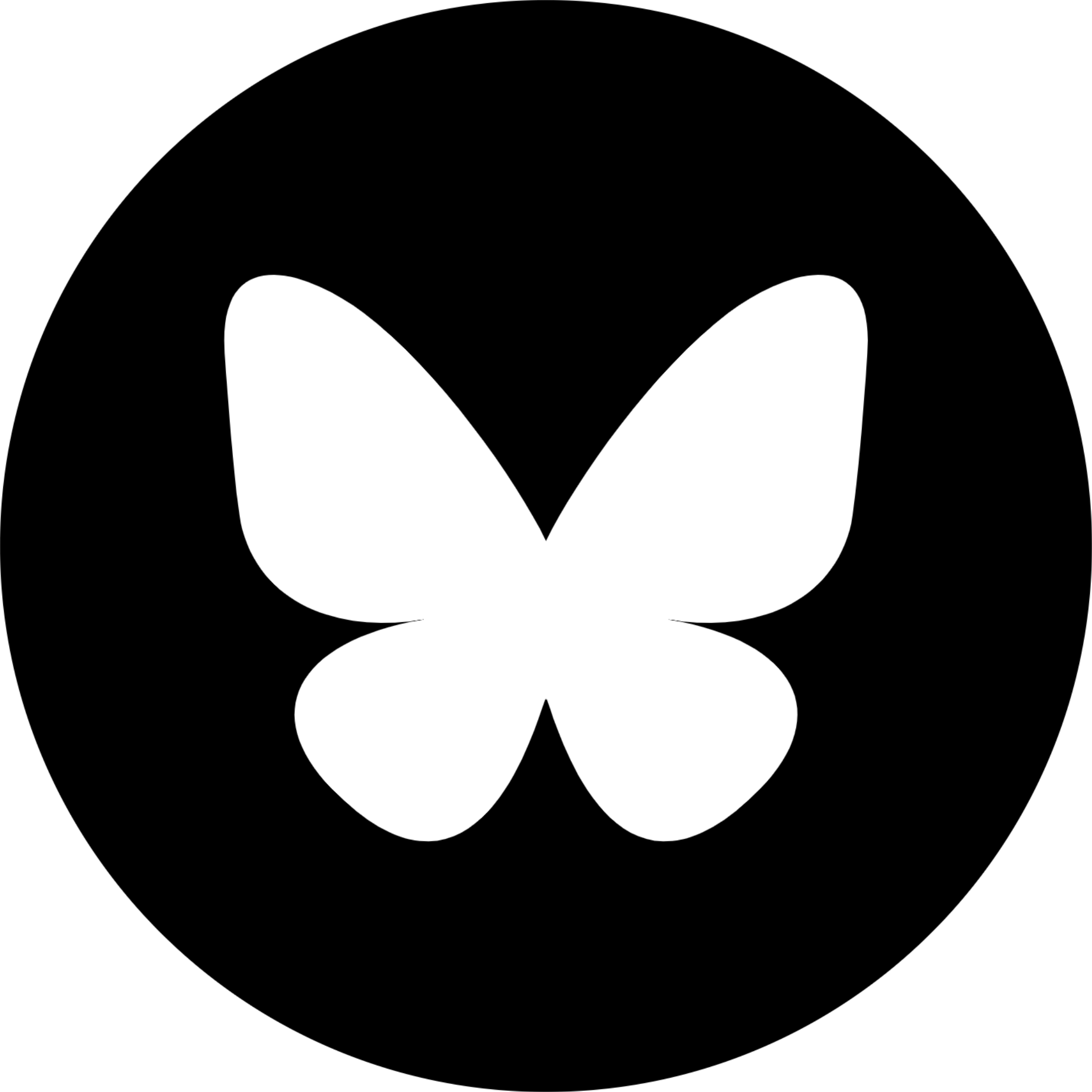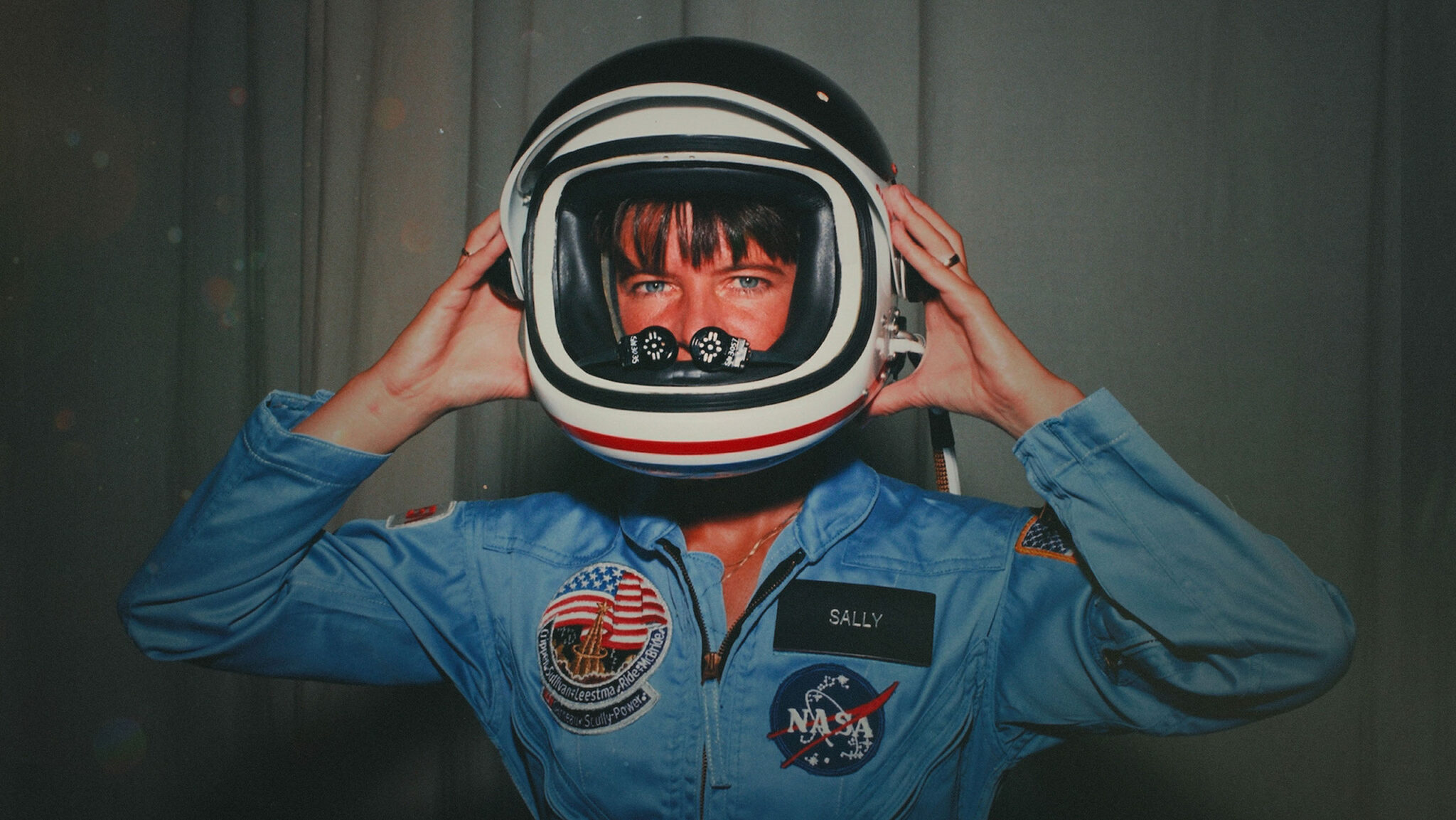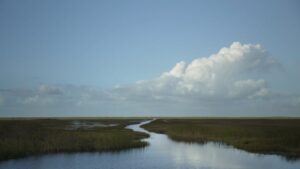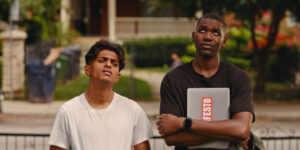By Lucy Spicer
One of the most exciting things about the Sundance Film Festival is having a front-row seat for the bright future of independent filmmaking. While we can learn a lot about the filmmakers from the 2025 Sundance Film Festival through the art that these storytellers share with us, there’s always more we can learn about them as people. We decided to get to the bottom of those artistic wells with our ongoing series: Give Me the Backstory!
As the first American woman to fly in space, Sally Ride has inspired countless women and girls not only to pursue careers in science, but to pursue their dreams, period. One devoted admirer of Ride is filmmaker Cristina Costantini, whose film SALLY premiered at the 2025 Sundance Film Festival. Winner of the 2025 Alfred P. Sloan Feature Film Prize, Costantini’s new documentary chronicles Ride’s life, employing archival footage from NASA and interviews with Ride’s friends and family to craft a portrait of the incomparable individual she was before her death in 2012.
But the most prominently featured interviewee in Costantini’s documentary is not a fellow astronaut or even a member of Ride’s immediate family — it’s Tam O’Shaughnessy, Ride’s decadeslong romantic life partner, whose relationship to Ride was unknown to most of the world until it was mentioned in Ride’s obituary. “Part of what drew me to this story is the question of what it means to lead your life as a symbol. National heroes like Sally inspire us, give us hope, and show us just how far we can go. But fame so often means hurting the people we love most for the benefit of those we’ll never meet,” explains Costantini. “In Sally’s case, her life partner, Tam O’Shaughnessy, was forced to live in the shadows for much of her life, her love never truly recognized until it was too late.”
Costantini’s film doesn’t gloss over Ride’s scientific and professional accomplishments, but it gives equal weight to the parts of her life that she felt she couldn’t show the world, ultimately allowing viewers to know her better. “I was drawn to telling the story of a trailblazing woman fighting for respect in a male-dominated world. But, above all, I wanted to explore this beautiful, unknown love story. Our film celebrates the Sally whom we all knew through her accomplishments and, for the first time, pays homage to the one we never could,” says Costantini.
Read on to learn more about SALLY and its filmmaker, including the decision behind Costantini’s strategic use of 16mm film and why she feels Ride’s story is especially relevant to audiences today.
What was the biggest inspiration behind SALLY?
I can’t recall the exact moment that Sally first captured my imagination, but I know that I’ve been obsessed from a very young age. In third grade, I painted a life-size mural of Sally in her jumpsuit looking at her space shuttle on the exterior of my elementary school (which still exists!). In fourth, I did a report for an independent research project on Sally. By eighth grade, I was certain I wanted to go into a career in science myself, in part motivated by what I knew of Sally’s story. It wasn’t a complicated equation for me: If Sally, a girl like me, could go to space, I must be able to do great things, too. Plus, I thought she looked pretty badass in her jumpsuit.
Describe who you want SALLY to reach.
We want this film to reach a wide audience of people: those who were impacted by Sally as she blasted up into space in the 1980s and those who will be learning about her incredible story for the first time today. In particular, we also want this film to reach the next generation of queer and young people excited to find wonder in outer space and to live their authentic selves here on Earth.
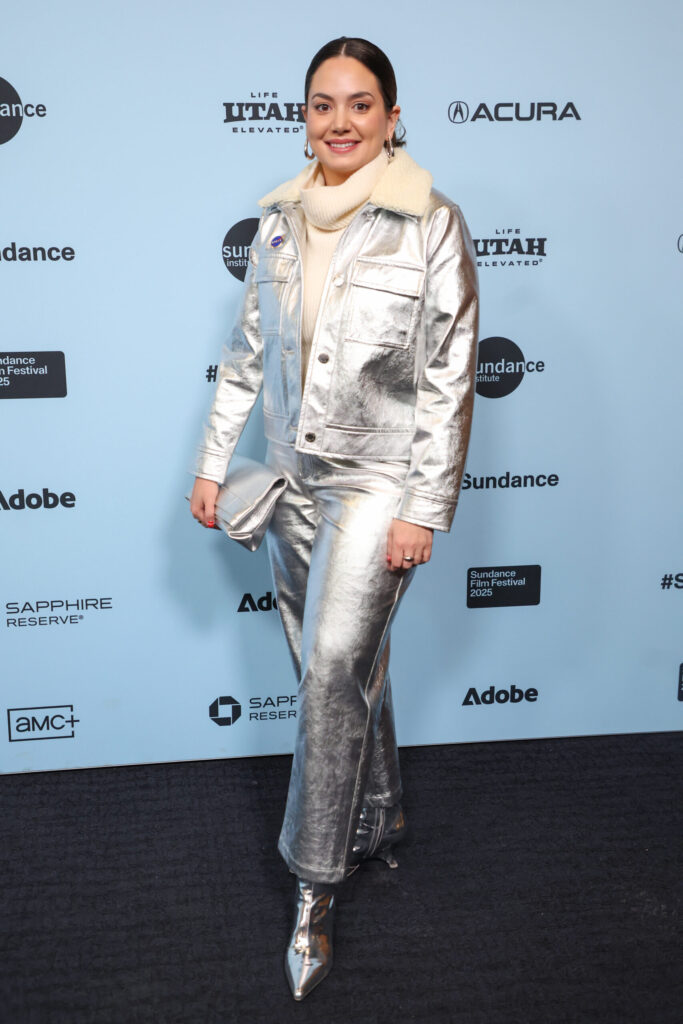
Your favorite part of making the film? Memories from the process?
My favorite part of making this film was getting to know the brilliant Tam O’Shaughnessy. Sally was brave in concrete ways I was able to understand as a kid. Blasting off into space on a fiery rocket takes a lot of chutzpah, after all. But as an adult, Tam’s bravery and vulnerability is much more striking to me. Risking one’s career and public acceptance in order to love who you love is a pretty remarkable thing.
What was a big challenge you faced while making SALLY?
Our biggest creative obstacle in making this film was that Sally and Tam didn’t document much of their own love story, so very little archival exists of their time together. Our main character also didn’t like sharing the depths of her emotions or divulging her feelings to the world around her, which made her an amazing astronaut, but hard to capture as a filmmaker. This challenge pushed us to find other innovative solves in crafting her story. We decided to shoot visual sequences on 16mm film to capture the feeling of falling in love, the feeling of having a secret, and the feeling of growing old with a loved one. We are so grateful to Sally’s life partner, Tam, who brought these moments to life in her narration.
Why does this story need to be told now?
Sally was forced to suppress a large part of who she was in order to break the highest glass ceiling. It’s a choice that many women and queer people can still relate to today — hiding a part of themselves in order to succeed. Despite the increased acceptance of the queer community over the recent years, many hard-earned rights are again under attack. This puts people, especially young people, at risk. And, sadly, these fears look only more worrisome moving into the America of 2025.
Tell us why and how you got into filmmaking.
I’m a Latina woman from Wisconsin. When I ended up at Yale University for college, I was struck by this feeling that there was so much from my world that I wanted to share with the people around me, experiences that I lived that they could never understand.
Why is filmmaking important to you? Why is it important to the world?
It was in college that I started studying film in earnest and began to see documentaries as empathy machines. I began to understand that film could capture a certain intimate experience and allow us to share what’s happening on the inside of our heads with those outside of it. And that’s what my films, all of which have been extremely personal, have been for me. My first film, Science Fair, tracks the journey I made myself in high school as a science fair nerd to the International Science and Engineering Fair. My second, Mucho Mucho Amor, profiled famed Puerto Rican astrologer Walter Mercado, whom I grew up watching with my grandmother as a kid. And now, SALLY is about a woman I admired deeply as a kid for her fearlessness and tenacity.
If you weren’t a filmmaker, what would you be doing?
Pug wrangler
What is something that all filmmakers should keep in mind in order to become better cinematic storytellers?
Whenever starting a documentary, you should build out a pure, original, North Star vision for the film that you can continue to return to, even as the production changes in a million ways. Films are an incredibly collaborative process, but if you ever hit a wall or have too many voices weighing in, your first vision can help keep you on course. Oftentimes, our original instincts or excitement around a story hold a great deal of creative weight, and remembering what that is and remaining true to it in the end has always helped me get out of tough situations.
Tell us about your history with Sundance Institute. When was the first time you engaged with us? Why did you want your film to premiere with us?
In short, I have Sundance to thank for my career as a filmmaker. I had been given the opportunity to make my first film with a $250K budget in 2016 when I was 28 years old. That little movie, Science Fair, went on to win the 2018 [Sundance Film Festival’s] Festival Favorite Award, which changed the trajectory of my life. I’ve gone through the Sundance Institute Feature Film Program, the Directors Lab, and the Momentum Fellowship, and my second film, Mucho Mucho Amor, premiered at the Festival in 2020. I could not be more grateful to Sundance for its support and for such a brilliant platform to share the stories that matter most to me.
Who was the first person you told when you learned you got into the Sundance Film Festival?
I was actually in the car with a subject from my first documentary, Science Fair, the Brazilian wunderkind named Myllena Braz da Silva. When Brazilian programmer Ana Souza called with the news, she was on the loudspeaker, and Myllena immediately started screaming and crying with me. If you know anything about Brazilians, they’re the people you want to have around when you have something to celebrate. It could not have been more perfect.
What’s your favorite film that has come from the Sundance Institute or Festival?
Little Miss Sunshine. Not only are the directors, Jonathan Dayton and Valerie Faris, two of the kindest people (as well as my parenting role models because they also co-created the best child, my friend Augusta), but I’m just not sure anyone will ever be able to make a more joyful film than their 2006 classic.



